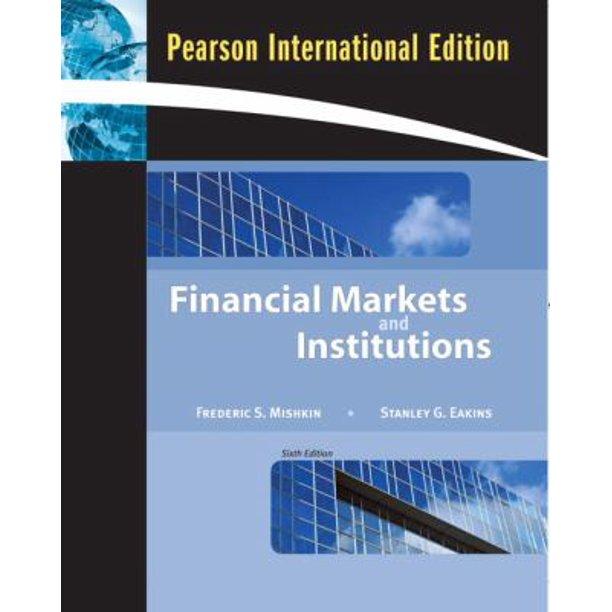Question
Question 1 (18 marks) How does domestic financial management differ from international financial management? (18 marks) Question 2 (26 marks) Suppose Country A pegged its
Question 1 (18 marks)
How does domestic financial management differ from international financial management? (18 marks)
Question 2 (26 marks)
Suppose Country A pegged its currency (A$) to Country Bs currency (B$) at a rate of A$4.8 to B$1, but the current market rate is A$5.2 to B$1.
(a) Draw a labeled demand and supply diagram to depict the above situation. (4 marks)
(b) Is A$ overvalued or undervalued against B$? (2 marks)
(c) What should Country As government do in order to maintain the fixed exchange rate? (4 marks)
(d) How does the government action in (c) affect the money supply and interest rate in Country A? (4 marks)
(e) Suggest a government policy that can maintain the money supply and interest rate of Country A unchanged. (6 marks)
(f) Discuss one advantage and one disadvantage of using the fixed exchange rate system. (6 marks)
Question 3 (10 marks)
- What is the Impossible Trinity? (5 marks)
- Hong Kong is adopting a linked exchange rate system that has similar features with a fixed exchange rate system, then what attribute of the ideal currency has Hong Kong sacrificed? Explain. (5 marks)
Question 4 (16 marks)
Country D is under a fixed exchange rate system. Assume there are no errors and omission made in the calculation of Country Ds BOP figures. In 2019, Country D had estimated the following figures:
Net exports of goods: $384 billion
Net exports of services: $498 billion
Net income from abroad: -$20 billion
Current transfer: -$50 billion
Capital inflows: $23 billion
Capital outflows: $722 billion
Financial inflows: $286 billion
Financial outflows: $462 billion
- Find Country Ds balance of trade (2 mark)
- Compute Country Ds current account balance. (4 marks)
- What was Country Ds capital and financial account balance. (4 marks)
- Find the change in Country Ds official reserves. (4 marks)
- Was the change in (d) a rise or a fall in Country Ds reserves? (2 marks)
Question 5 (10 marks)
Dickson has noticed the following quotes given by a dealer and Bank A:
Dealer: CHF/USD 1.0266
Bank A: AUD/USD 1.3719
Bank A: AUD/CHF 1.403
Assume no bid-offer spreads and transaction costs, can Dickson make any arbitrage profit given that he has USD 2 million? If yes, how? (10 marks)
Question 6 (20 marks)
Jenny is a currency trader who works with a bank in New York. She notices the following quotes in the market:
Spot exchange rate: CHF/USD 1.2034
6-month forward exchange rate: CHF/USD 1.1944
6-month USD interest rate: 2.5% per year
6-month CHF interest rate: 2.0% per year
- According to the above quotes, find the USD 6-month forward premium/discount.(3 marks)
- Is US dollar going to appreciate or depreciate against Swiss Franc? (2 marks)
- What is the 6-month forward rate implied by interest rate parity theory? (6 marks)
- Is the interest rate parity holding (assume zero transaction costs) then? (2 marks)
- Base on (d), can Jenny make any arbitrage profit? [Hint: Show the calculation by assuming that Jenny can borrow USD 1 million at 2.5% per year.] (7 marks)
Step by Step Solution
There are 3 Steps involved in it
Step: 1

Get Instant Access to Expert-Tailored Solutions
See step-by-step solutions with expert insights and AI powered tools for academic success
Step: 2

Step: 3

Ace Your Homework with AI
Get the answers you need in no time with our AI-driven, step-by-step assistance
Get Started


